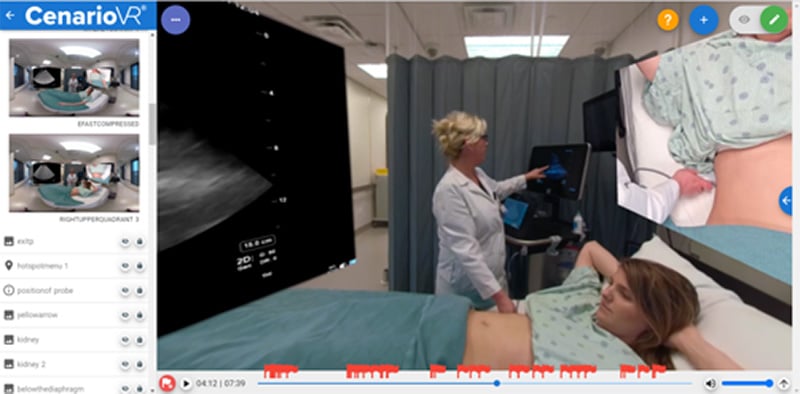How To Use VR For Immersive Equipment Training
Virtual reality technology has opened new worlds of possibilities for training our workforce. With VR for learning, you can put your employees in any location or situation imaginable. They can interact with equipment or other items that would be difficult, expensive, or impossible to have in a real-world training environment. The only limit is your imagination.
Ready to get your eLearning to ROCKSTAR status with VR?
Download the eBook to explore all 5 use cases and tap into the power of virtual reality training.
Virtual Reality To Facilitate Hands-On Equipment Training
When your employees need hands-on training with equipment or processes, but can’t do so physically due to office closures, space limitations, health risks, or other challenges, VR can often replicate the experience just as effectively.
In addition to needing less equipment dedicated to hands-on training, training in VR saves you money by decreasing the wear and tear on your machines, extending their life. Virtual reality works well for safely training users on equipment such as:
- Medical and surgical devices
- Airplanes and helicopters
- Heavy machineries such as forklifts, cranes, and excavators
Ultrasound Training
Vanderbilt University School of Nursing’s VR ultrasound training is a successful example of this. The university had a growing Nursing School enrollment and point-of-care ultrasound imaging is quickly becoming an in-demand skill. However, the cost of clinical equipment and instructor availability was preventing the university from training all students on ultrasound machines.
In order to support the demand for ultrasound skills and affordably scale their clinical training environment, the professors had to think outside the box; they purchased CenarioVR®, a virtual reality course authoring application to affordably replicate the clinical setting in virtual reality. To capture the experience of operating ultrasound equipment, three different media components were combined to simulate the clinical environment: 360-degree video of the clinician and patient interactions shown from two distinct camera angles; a top-down view with graphic, anatomical overlays; and streaming video of the ultrasound output timed to coincide with exactly how the instructor is interacting with the patient.

Each video scenario was enhanced with additional instructional elements on the top-down view of the patient, such as drawings of anatomical elements that appear when selected. Questions, annotations, buttons, and hotspots were included to enforce key concepts and quiz the students on probe placement.
Why It Works
While eLearning can show students how to set up the ultrasound console, it cannot adequately demonstrate to clinicians how to properly use the probe on a patient, especially when trying to identify the anatomy being scanned. By replacing much of the didactic training with virtual environment experiences, the students can interact with that content at a distance, orient themselves on the anatomical features being scanned, and view the ultrasound output in the full field of view in real-time coinciding with what the clinician is doing with the patient.
The virtual experience means all students can train at the same time, instead of waiting for an ultrasound machine or instructor to be available. Furthermore, the chances of a student encountering patients with specific and diverse problems during in-person training sessions are low, so VR provides an opportunity to interpret multiple scenarios and patient conditions.
Conclusion
Since rolling out the immersive learning module in the spring of 2019, each student reported they had a more efficient training experience with the ultrasound probes. In addition, Vanderbilt University avoided the need to purchase additional ultrasound machines, and has reported $588,000 savings by not purchasing additional ultrasound machines nor hiring additional instructors.
Build Your Virtual Reality Training
Download the eBook 5 Popular Types Of Learning To Build In VR - And Why They Work! to explore the many applications for VR training in your employee development strategy, from safety courses to virtual events.
Editor's note: This article was originally published on eLearningIndustry.com on May 20, 2021.








